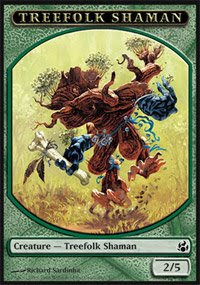 MTG Forge uses the files common.txt, uncommon.txt, and rare.txt to generate the booster packs that are used for sealed deck and drafting. These files can be edited by the user but since MTG Forge has more than 1,200 cards, the job has become nearly impossible. The good news is that I’m almost done with a program that will let you easily edit these files using a nice user interface.
MTG Forge uses the files common.txt, uncommon.txt, and rare.txt to generate the booster packs that are used for sealed deck and drafting. These files can be edited by the user but since MTG Forge has more than 1,200 cards, the job has become nearly impossible. The good news is that I’m almost done with a program that will let you easily edit these files using a nice user interface.The set editor is almost done but there have been many obstacles. The set editor reads from the three files previously mentioned as well as from cards.txt. Anytime you read or write files things become very complicated.
There are numerous errors that can occur even when the user is trying to do everything right. For example, maybe there is a card name in uncommon.txt that isn’t in cards.txt. This is a major error because cards.txt holds all of the cards information and every card should be in cards.txt. My program checks all of the card names in common.txt, uncommon.txt, and rare.txt and shows the user an error message that they can understand.
I have to say thanks to Rob Cashwalker for the inspiration, there would be no set editor without him. Hopefully I’ll have the set editor done by Friday.











